“And because the Breath of Flowers is farre Sweeter in the Aire (where it comes and Gose, like the Warbling of Musick) than in the hand, therefore nothing is more fit for delight, than to know what be the Flowers and the Plants that doe best perfume the Aire.” ~Frances Bacon
 My fascination with herbs is largely prompted by my absorption with all things historical and the thrill of seeing, touching, sometimes tasting, and above all smelling the same plants known by the ancients. Herbs have changed little, if at all, over the centuries and offer us a connection with the past that precious little does in these modern days. It’s pure intoxication to rub fragrant leaves between my fingers and savor the scent while pondering the wealth behind these plants.
My fascination with herbs is largely prompted by my absorption with all things historical and the thrill of seeing, touching, sometimes tasting, and above all smelling the same plants known by the ancients. Herbs have changed little, if at all, over the centuries and offer us a connection with the past that precious little does in these modern days. It’s pure intoxication to rub fragrant leaves between my fingers and savor the scent while pondering the wealth behind these plants.
 I hope my enthusiasm will enrich your lives with a deeper awareness of those people who dwelt on this earth long before us and to inspire you to plant herbs in your gardens or in pots on a patio or sunny windowsill. My love of herbs and herbal lore spills over into my stories.
I hope my enthusiasm will enrich your lives with a deeper awareness of those people who dwelt on this earth long before us and to inspire you to plant herbs in your gardens or in pots on a patio or sunny windowsill. My love of herbs and herbal lore spills over into my stories.
The following post is one I wrote for my blog that’s been reprinted at various online sites and in RWA®chapter newsletters and sums it up rather well.
Time out of mind, herbs have figured prominently in mystery and romance. Shakespeare is probably the most famous author to incorporate the juice of monkshood as the deadly elixir in Hamlet. Mandrake, the screaming roots in Harry Potter, made up the sleeping potion that sent Juliette into a death-like slumber. Poor Romeo, if only he’d known before he drank belladonna, a member of the deadly nightshade family, or wolf’s bane. It seems no one is quite certain what the ill-fated lover knocked back.
 Whimsical fancies sprang up around the shape of plants. The bell-like flowers of foxglove were thought to be the minute gloves that fairies wore, especially as foxglove bloomed in shady woodlands where everyone knows the little folk dwell. Commonly called digitalis, this now-famous plant is widely used to treat heart disease. But too strong a dose and bang––you have a murder mystery. In Pocketful of Rye, famous mystery author Agatha Christie favored a poisonous concoction made of yew disguised in marmalade. The author hid deadly hemlock in a bottle of cold beer in Five Little Pigs.
Whimsical fancies sprang up around the shape of plants. The bell-like flowers of foxglove were thought to be the minute gloves that fairies wore, especially as foxglove bloomed in shady woodlands where everyone knows the little folk dwell. Commonly called digitalis, this now-famous plant is widely used to treat heart disease. But too strong a dose and bang––you have a murder mystery. In Pocketful of Rye, famous mystery author Agatha Christie favored a poisonous concoction made of yew disguised in marmalade. The author hid deadly hemlock in a bottle of cold beer in Five Little Pigs.
 Many herbs also had romantic uses. The love potion in Shakespeare’s A Midsummer Night’s Dream has been analyzed by a fellow of the Royal Society of Chemistry in England. Doctor Sell thinks it was made up of heart’s ease (violas) blended with the sweetness of musk roses. In the play, Oberon drops the flowery decoction onto the eyelids of the sleeping Titania, but the good doctor cautions against trying this at home. Rather, opt for the nape of the neck or the décolleté. Men just love the décolleté––breasts pushed up by a tightly drawn corset for those of you who didn’t realize.
Many herbs also had romantic uses. The love potion in Shakespeare’s A Midsummer Night’s Dream has been analyzed by a fellow of the Royal Society of Chemistry in England. Doctor Sell thinks it was made up of heart’s ease (violas) blended with the sweetness of musk roses. In the play, Oberon drops the flowery decoction onto the eyelids of the sleeping Titania, but the good doctor cautions against trying this at home. Rather, opt for the nape of the neck or the décolleté. Men just love the décolleté––breasts pushed up by a tightly drawn corset for those of you who didn’t realize.
 Speaking of romance, it was thought that a young maiden could toss a sprig of St. John’s Wort over her shoulder and soon learn the name of the man she was to marry. Leafy branches of this herb were also hung in windows to ward off evil spirits and burnt to protect against devils, goblins and witches. Bear this in mind, if you’re troubled by them. Legend has it that angelica was revealed in a dream by an angel to cure the bubonic plague. All parts of the plant were deemed of great value against enchantment. And don’t forget boughs of the sacred rowan tree to ward off evil spells.
Speaking of romance, it was thought that a young maiden could toss a sprig of St. John’s Wort over her shoulder and soon learn the name of the man she was to marry. Leafy branches of this herb were also hung in windows to ward off evil spirits and burnt to protect against devils, goblins and witches. Bear this in mind, if you’re troubled by them. Legend has it that angelica was revealed in a dream by an angel to cure the bubonic plague. All parts of the plant were deemed of great value against enchantment. And don’t forget boughs of the sacred rowan tree to ward off evil spells.
 Feeling timid? Anoint your feet with catnip tea to embolden yourself. Fennel seed is said to boost desire. Lavender is “of ‘especiall good use for all griefes and paines of the head.” For those of you who would be true, rosemary is the symbol of fidelity between lovers. Traditionally, a wreath of the aromatic herb was worn by brides. Rosemary is also the herb of remembrance left at the grave of loved ones.
Feeling timid? Anoint your feet with catnip tea to embolden yourself. Fennel seed is said to boost desire. Lavender is “of ‘especiall good use for all griefes and paines of the head.” For those of you who would be true, rosemary is the symbol of fidelity between lovers. Traditionally, a wreath of the aromatic herb was worn by brides. Rosemary is also the herb of remembrance left at the grave of loved ones.
“There’s rosemary, that’s for remembrance; pray you, love,
remember. And there is pansies, that’s for thoughts.” ~Spoken by Ophelia in Shakespeare’s tragic play Hamlet, Act 4, Scene 5
In conclusion, historical writers, especially, can incorporate the use of herbs to flavor their stories, as do I. But anyone can mix in a love potion or fatal elixir to spice up the usual suspects in a suspense or murder mystery. If you do so in real life just don’t tell me anything about it. ~


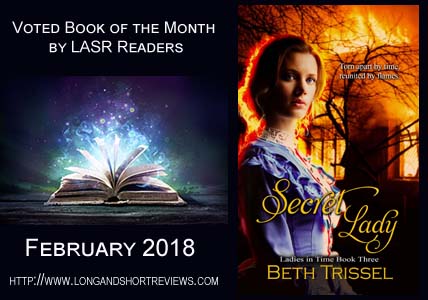



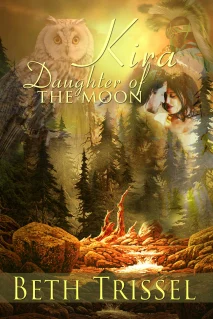

















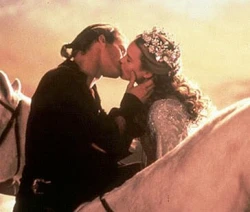








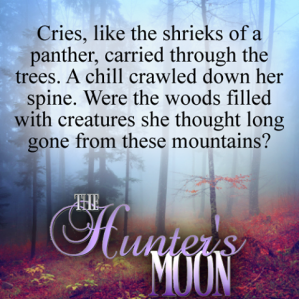
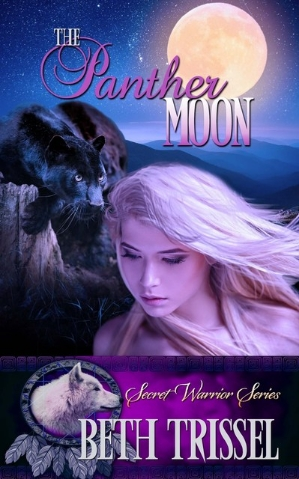


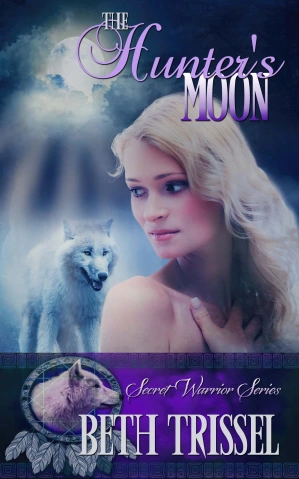
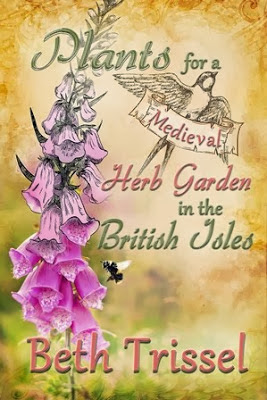


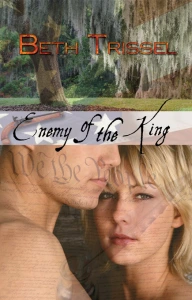



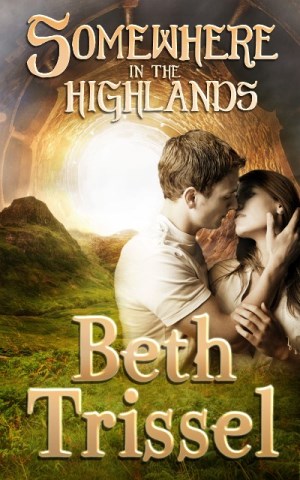
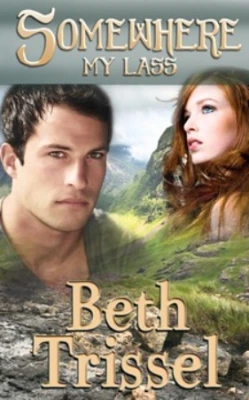









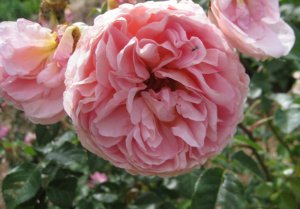
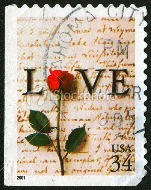
Interesting post, Beth! I’ve always wanted to write a historical with a healer, but never attempted the research. Might give ya a shout one of these days 🙂
LikeLike
Feel free to do that, Jennifer. And thanks.
LikeLike
Those flowers are so pretty…
LikeLike
Reminded me of the book and movie ‘The Mistress of Spices’. Have you read or seen it?
LikeLike
No, sounds most intriguing. Will look for it. thanks!
LikeLike
Beth, This is such a great post. I always enjoy learning about all the uses for the drugs from plants. Thank you again for all of this information. 🙂
LikeLike
Thanks Paisley. Yes, so fascinating.
LikeLike
Again, great info, Beth. And such lovely photos! Enjoyable post.
LikeLike
Thanks so much, Pat. I loved doing it.
LikeLike
I really love your website.. Excellent colors & theme. Did you develop this amazing site yourself? Please reply back as I’m attempting to create my own website and want to know where you got this from or what the theme is named. Many thanks!
LikeLike
Thanks! Yes, the theme is Coraline.
LikeLike